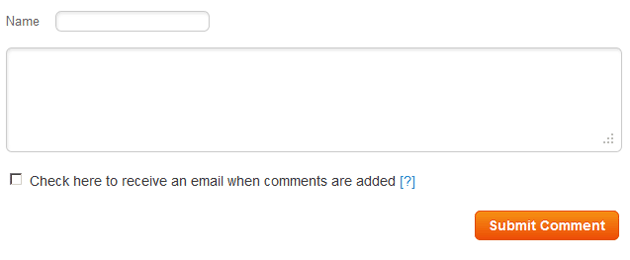Question
Topic: Research/Metrics
Statistical Validity Of Price-testing Results?
Related Discussions
- Capturing Event Roi - In-person Events
- Looking For Marketing Research Participants
- Looking For Marketing Research Participants
- Where To Find A Companies Marketing Budgets
- How Do I Analyze Published Content On Linkedin?
- Who Are The Top Companies Competing In The Market?
- Geographic Metric - Help Needed!
- How Fast Does An Untouched Sales Lead Degrade?
- Need Clear Standards To Judge Facebook Metrics
- How Can I Get Backlinks For My Website?
- Search more Know-How Exchange Q&A
Community Info
Top 25 Experts
(Research/Metrics)
- koen.h.pauwels 25,348 points
- Jay Hamilton-Roth 22,162 points
- Chris Blackman 15,808 points
- Gary Bloomer 10,191 points
- wnelson 8,013 points
- Peter (henna gaijin) 7,543 points
- steven.alker 6,672 points
- Frank Hurtte 6,632 points
- Dawson 4,619 points
- telemoxie 4,595 points
- SteveByrneMarketing 3,358 points
- darcy.moen 2,727 points
- saul.dobney 2,528 points
- SRyan ;] 2,396 points
- Blaine Wilkerson 2,387 points
- ReadCopy 2,081 points
- Pepper Blue 1,863 points
- bobhogg 1,748 points





Printed and emailed pieces invited prospects to visit a site to learn more about the product, those visiting would see one of four price points (prices presented were evenly distributed and exclusive, each visitor seeing only that one same price on repeat visits).
Total number visiting the pages was around 1000 (distributed at 250 per price point). Number of orders at each price point ranged from 10 to 18.
How confident can I be that that 18-order price point is valid and scalable beyond this small test?
What is the proper statistical test to apply and is there an online calculator that would apply to this type of A/B/C/D test results?
Thanks,
Mark